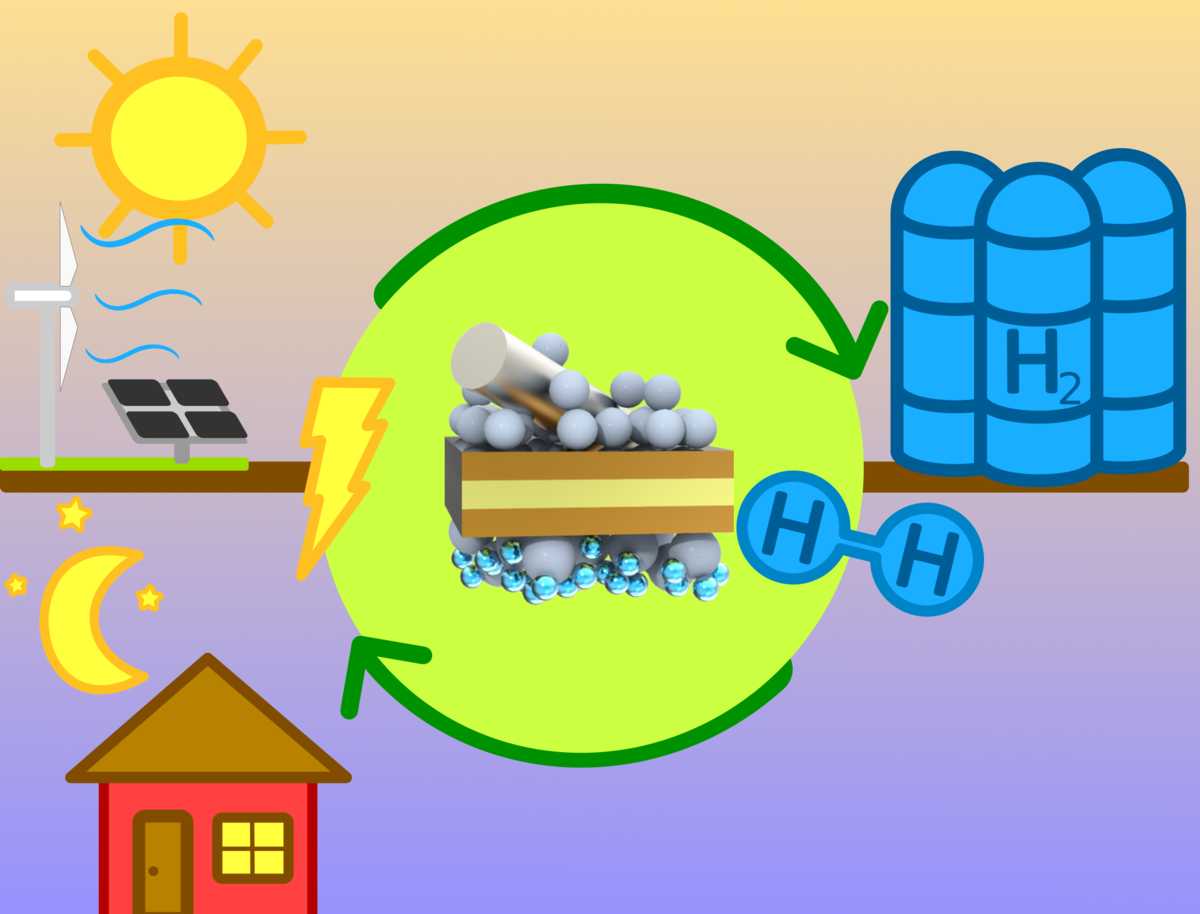Reversible solid oxide cells
Background: Ultra-efficient large-capacity energy storage systems are urgently required for the transformation to an interconnected and modern energy system based on 100% renewable energy sources (RES). RES produce a strongly fluctuating supply of power, calling for devices that feature a match of demand and supply. SOCs can be operated in reversible mode (RSOC), thus combining fuel cell (SOFC) and electrolysis (SOEC) modes in one single device. In particular, RSOCs are highly attractive for off-the-grid, standalone or distributed energy applications such as microgrids. A possible operation scenario could include the electrolysis mode to produce H2, syngas or CH4 for energy storage when electrical energy is abundant and therefore inexpensive. Secondly, the stored fuels could be consumed during SOFC mode at a later time to provide electricity when desired.
Project: The RSOC system must be carefully designed and optimized to guarantee high roundtrip efficiency and reasonable capital costs. In our group, we apply dedicated modeling approaches to particularly focus on the conceptual design of RSOC systems, as well as the implications of strongly transient operation, such as mode switching, on cell and stack behavior.
Contact: Lukas Wehrle, Oscar Furst, Paul Jakob Jägerfeld, Olaf Deutschmann
Funding: Internal Funding
Collaborations:
- Prof. Dr. Aayan Banerjee (University of Twente)
- Dr. Yuqing Wang (Beijing Institute of Technology)
Related Publications:
Y. Wang, A. Banerjee, L. Wehrle, Y. Shi, N. P. Brandon, O. Deutschmann. Performance analysis of a reversible solid oxide cell (r-SOC) system based on multi-scale hierarchical SOC modelling. Energy Conversion and Management 196 (2019), 484-496. DOI: 10.1016/j.enconman.2019.05.099
L. Wehrle, Y. Wang, A. Banerjee, N. P. Brandon, O. Deutschmann. Dynamic Modeling of Reversible Solid Oxide Cells. Chemie Ingenieur Technik 91 (2019) 833-842.DOI: 10.1002/cite.201800188

